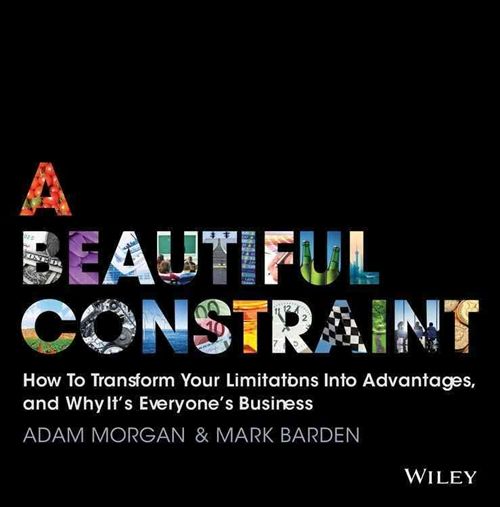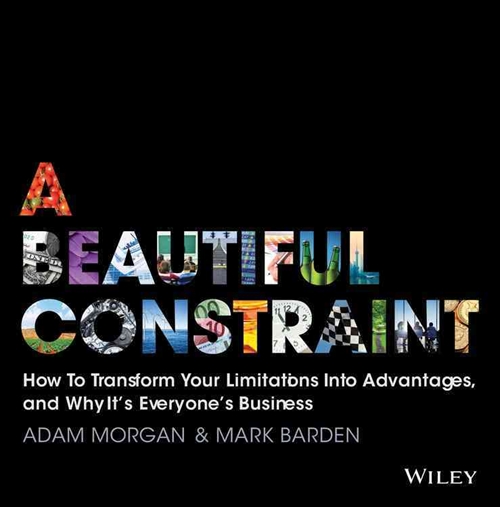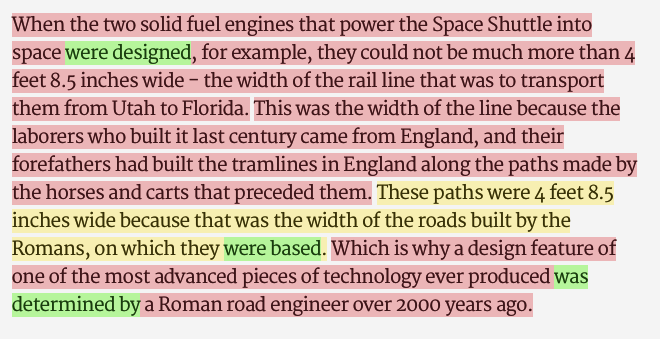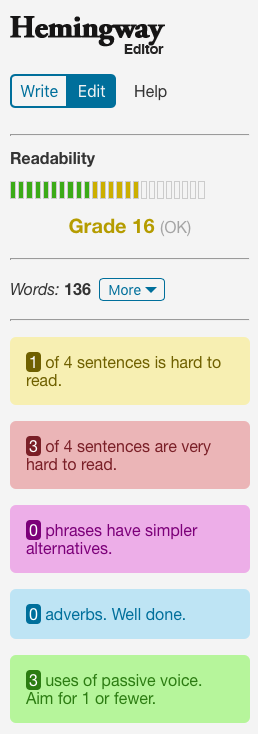Beautiful Constraint - Read This Before The Book

This is one of the most valuable business books I’ve read. And it made me mad… It frustrated me because it describes a very powerful and universal business framework, but it’s written in such a bad style that it was a struggle to read it.
The Good
We all deal with constraint. All the time. Limited time, money, skills, distribution, access, etc. You probably don’t even think about it too much because they’re so prevalent. But what if you could overcome those constraints? What if you could turn them into your advantages? Sounds bit like having superpowers doesn’t it?
The Method
“Beautiful Constraint” describes a method for working with constraints impacting our projects. The framework consists of number of steps and addresses wide range of issues. The book starts by dealing with the context in which we encounter constraints. Then it goes through diagnosis of the attitude towards constraints and then goes on to provide process aimed at overcoming the constraint. Towards the end the book searches for ways to increase the odds of success and provide energy necessary to implement the changes.
I’ve Checked - It Works!
I’ve had the opportunity to use a part of the method described in this book. Together with my team we’ve done a workshop to search work-arounds to our time-constraint. The problem we have is that Evojam is a service company, which leaves very little room for internal- and side- projects. Assuming we don’t want to cut into employee’s private time that is. Nearly 100% of our crew working time is devoted to work on client’s projects.
So we’ve done a 2-hour long workshop (which btw. should have been 3 hours). We’ve come up 45 ways to achieve our goals while still devoting most of the time to our customers. Some of those ideas are really innovative and we wouldn’t discover them without the framework from this book.
So the method does works and it will become an important part of my toolbox.
The Bad
However, there’s a serious problem. The book is tough to read. Even now reviewing my bookmarks makes me angry when I try to read through the paragraphs. Most of the sentences require me to go back and re-read them 2nd, 3rd time…
It’s so tough I’ve devoted big chunk of my attention to finding what’s wrong with this book while reading the last couple of chapters. I came up with a couple of potential reasons. Disclaimers: [1] [2]
Physical Form
It’s not a handy book. It’s fairly big, square, printed on heavy paper and trapped in a hardcover. Even now as I’m writing this I struggle to find my bookmarks within when the hardcover prevents from easily flipping those thick and glossy pages.
It’s a read-at-your-desk kind of a book I suppose. Perhaps it’s just me, but I never read by my desk. I do it in bed or on my commute (which, now when I think about it, is not ver hygienic ;) ). So the hard covers painfully squeeze hands when reading in bed for example.
Square format results in wide pages, which results in long lines of text. This in turn makes it hard for my eye to find the beginning of the next line.

The book cover is misleading. It suggests something tasty, sophisticated, clean and fresh. Perhaps those are the features of the ideas in the book but I wouldn’t use those words to describe the form inside and my experience.
Structure
It’s messy. On one hand all seems to be in order. There’s chapters, headers, bullet points and diagrams. I think this tangible structure is somehow misaligned with the structure of the concept itself. It’s hard to extract the key points, identify where a background description ends and distilled rules start.
Stories and examples showing the underlying principles are mixed with the method description. It’s often hard to identify where the argument ends and an actual action step begins.
Target Audience Confusion
Perhaps one of the reasons for this confusion may be lack of clearly defined audience for the book. On one hand this seems to be a business book and I think it is promoted that way. On the other the amount of stories and research documented with footnotes and additional “Notes and Indexes” and “Appendix” suggest this book may hide some academic background or ambitions.
The Language
This is probably the most important reason of problems with “Beautiful Constraint”. Most of the time sentences are long, comprised of multiple sub-sentences creating baroque structures. When I discovered this towards the end of the book I found some truly monstrous phrases there.
Let’s take this great story explaining path dependence phenomenon as an example:
When the two solid fuel engines that power the Space Shuttle into space were designed, for example, they could not be much more than 4 feet 8.5 inches wide - the width of the rail line that was to transport them from Utah to Florida. This was the width of the line because the laborers who built it last century came from England, and their forefathers had built the tramlines in England along the paths made by the horses and carts that preceded them. These paths were 4 feet 8.5 inches wide because that was the width of the roads built by the Romans, on which they were based. Which is why a design feature of one of the most advanced pieces of technology ever produced was determined by a Roman road engineer over 2000 years ago.
I’ve run this through Hemingway Editor, which coaches writers to use simple language. Here’s the result:

And here’s what the colors mean:

I’m not even sure I’ve discovered the main problem with this book. Perhaps there even is no problem at all and it’s all my subjective perception. One thing is sure, this book will gather dust on the shelf as I’ll instinctively skip it.
Summary
This book contains very important and extremely useful knowledge I wish everyone could obtain. Clearly authors are bright folks who did a tremendous job researching and coming up with the framework. But I don’t feel I can recommend the book in the current form.
If you think about Malcolm Gladwell as the business(-ish) writer that has the lightest pen, then “Beautiful Constraint” is the exact opposite. I wish someone would take concepts from this book and translate it into something easy to digest, share and use.
Disclaimer 1 My perspective is probably skewed by the fact that English is my second language. Having said that I’ve read dozens of books in that language and probably thousands of articles. I’m at a stage when someone asks me, whether something I’ve read was written in English or Polish, I don’t remember. So it’s safe to say I’m capable of digesting a business book in English. ↩︎
Disclaimer 2 I’m a Pole and what we do is we tend to be direct and honest in our communication. No unnecessary sugarcoating or politeness. Saying what we think is more productive and gets everyone faster to the conclusion. This is the reason why we’re often perceived as rude in some countries. So please don’t perceive my criticism as being negative. I’m just trying to find the reason. ↩︎
